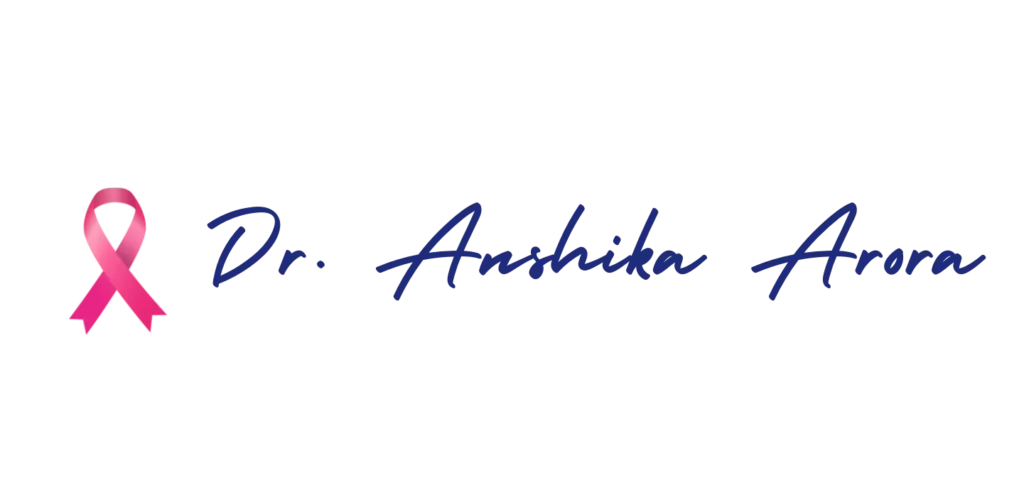Introduction
Breast cancer is often perceived as a disease that mainly affects older women, but recent statistics tell a different story. Increasingly, younger women—specifically those in their 20s and 30s—are being with this life-changing illness. It’s vital for millennials to be informed about this trend and its implications. In this article, we will delve into the rising rates of breast cancer among young women, the factors contributing to this increase, signs and symptoms to watch out for, and how to prioritize your health.
Understanding the Trend: Rising Incidence Rates
In the past few decades, the rate of breast cancer diagnoses among young women has steadily climbed. According to the American Cancer Society, while the majority of breast cancer cases occur in women over 50, the incidence in women under 40 has seen a concerning uptick.
What the Statistics Say
Incidence Rates : A recent study found that breast cancer rates among women aged 20 to39 have increased by approximately 2% annually since the late 1970s.
Survival Rates : Younger women diagnosed with breast cancer often face challenges; they tend to have more aggressive forms of the disease, leading to increased mortality rates.
"Breast cancer is not just a disease of older women; it's crucial for younger generations to take this seriously." – Breast Cancer Expert
Risk Factors Associated with Young Breast Cancer
Understanding the risk factors is crucial in prevention and early detection. While some risks such as genetics can’t be changed, others are within our control.
Common Risk Factors
1. Family History : A significant percentage of young women with breast cancer have a family history of the disease. Genetic mutations, particularly BRCA1 and BRCA2, heighten the risk.
2. Lifestyle Choices : Factors such as poor diet, sedentary lifestyle, and alcohol consumption can contribute to breast cancer risk.
3. Hormonal Factors : Changes in hormonal levels, whether from birth control methods or hormone replacements, can significantly affect risk levels.
4. Obesity : Being overweight or obese increases the likelihood of hormone-related breast cancer.
Preventative Measures
To mitigate these risks, consider adopting healthier lifestyle choices:
- Regular Exercise : Aim for at least 150 minutes of moderate aerobic activity each week.
- Balanced Diet : Focus on fruits, vegetables, whole grains, and lean proteins.
- Routine Check-Ups : Regular visits to your healthcare provider to monitor health changes can be vital.
Signs and Symptoms to Watch For
Breast cancer in younger women may present differently than in older individuals. Knowing what to look for can lead to early detection and treatment.
Early Warning Signs
- Unusual Lumps : Any new lump or mass in or around the breast or underarm area should be investigated.
- Changes in Breast Shape or Size : If one breast suddenly becomes larger or has a noticeable change, consult your doctor.
- Skin Changes : Redness, dimpling, or rash can be indicative of breast issues.
Self-Examination Tips
Self-examination can be an effective way to monitor changes:
1. Perform a monthly self-exam.
2. Use both visual inspection and physical palpation.
3. Report any changes to your healthcare provider immediately.
The Importance of Awareness and Advocacy
In addition to self-exams and understanding risk factors, awareness plays a crucial role in early detection and community support.
How to Get Involved
- Support Groups : Join local or online communities for support and to share experiences.
- Awareness Campaigns : Participate in campaigns like Breast Cancer Awareness Month, where you can educate others and promote screenings.
Personal Testimonials
Many young women, such as Emily, a 29-year-old breast cancer survivor, share their journeys to motivate others.
"I ignored the signs, thinking I was too young. It's essential to listen to your body and speak to your doctor."
Conclusion
The rise of breast cancer among young women is a crucial health issue that millennials must not ignore. Awareness, education, and early detection can make all the difference. Remember, if you notice anything unusual, don’t hesitate to consult your healthcare provider. By taking these steps, you not only empower yourself but also set a precedent for those around you.
Call to Action
Take charge of your health today. Schedule a doctor’s appointment, perform a self-exam, and share your knowledge with friends and family. Together, we can combat this alarming trend and support one another in leading healthier lives.
For more information on breast cancer statistics and resources, check out blogs on dranshikaoncologist.in


